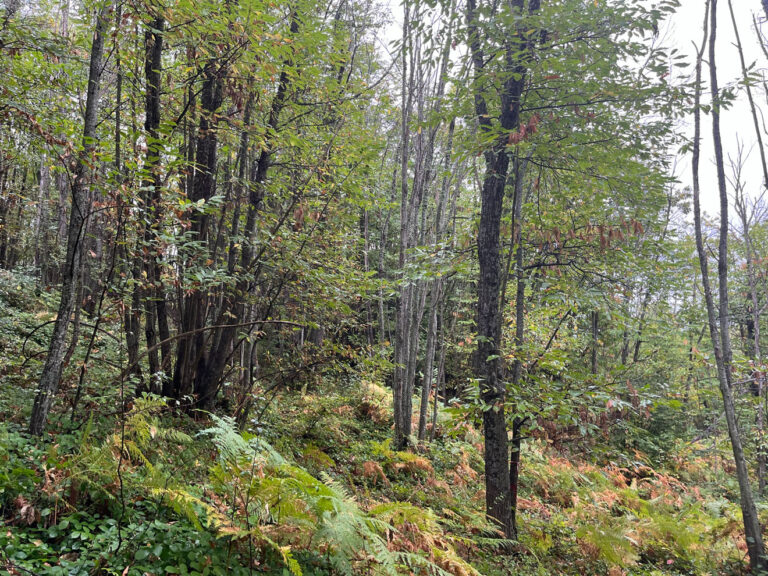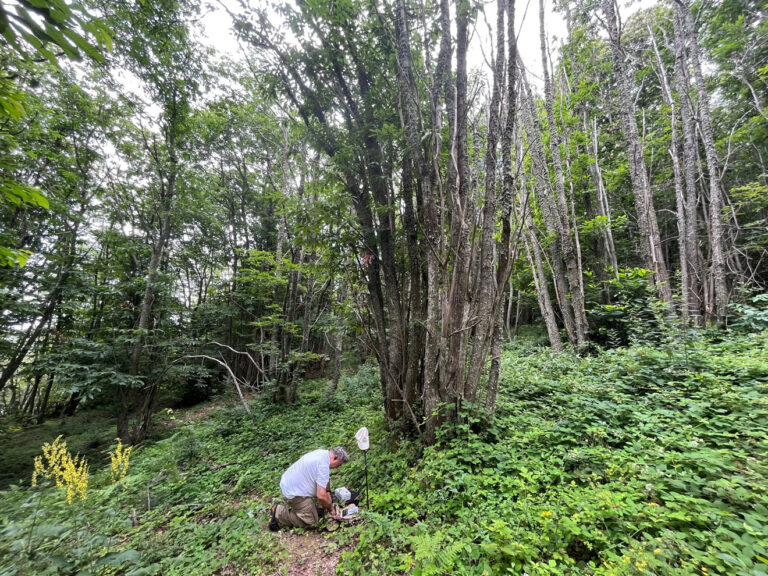Identify, conserve and manage Mediterranean forest habitats
Project Summary
In the Mediterranean region, forest habitats are threatened by climate change and unsustainable management practices. At the same time, shared strategies are lacking at a transnational level for the conservation of forest habitats. The main aim of LIFE GoPRoForMed project is to contribute to the improvement of the conservation status of four types of forest habitats in the Mediterranean Biogeographical Region, by applying flexible, close to nature management practices in 12 forests located at 4 countries (Spain, France, Italy and Greece). The four forest habitat types targeted by the project are 9260 “Castanea sativa forest”, 9330 “Quercus suber forest”, 9340 “Quercus ilex and Q. rotundifolia forest” and the priority habitat type 9530* “(Sub) Mediterranean pine forest with native black pine trees”. They were selected because they have a wide distribution, they are representative of the Mediterranean Biogeographical Region and they are sensitive to poor management practices.
In particular, the project’s specific objectives are:
- to propose a transnational strategy for the conservation of the four habitat types;
- to propose management practices, which promote conservation of the four habitat types and to widely apply them;
- to disseminate, among the forest authorities, the necessity to adopt these practices, through training and other tools.
The project will test the effectiveness of the Index of Biodiversity Potential for the assessment of the conservation status of selected forest habitat types, formulate strategies and disseminate appropriate management practices to improve the conservation status of the selected forest habitat types. It will also adapt the Index of Biodiversity Potential for Spain and Greece, and is expected to improve the structure and functions of 3,601 hectares of forest habitat types. Moreover, it will implement training actions targeted at forest authorities. The project area in Greece is the 9260 “Castanea sativa forest” (Chestnut forest) on Chortiatis mountain near Thessaloniki.
The project is implemented by 12 partners with D.R.E.AM. (Italia Società cooperativa agricolo forestale) as the coordinating beneficiary. For Greece, project beneficiaries are the Forest Service of Thessaloniki and the Goulandris Natural History Museum – Greek Biotope/Wetland Centre (EKBY). In Greece, the project is co-financed by the LIFE Programme, the General Directorate of Forests and Forest Environment – Ministry of Environment, Energy and EKBY. The project started in 2022 and will last for six years.
The Role of EKBY
EKBY participates in the assessment of the structure and functions of the chestnut forest, the evaluation of the use of tree microhabitats as a biodiversity indicator and the adaptation of the Index of Biodiversity Potential.
It supports the Forest Service of Thessaloniki in the planning of biodiversity conservation actions in the chestnut forest on Chortiatis mountain and also participates in the planning and implementation of training actions. Finally, EKBY participates in project communication activities.


